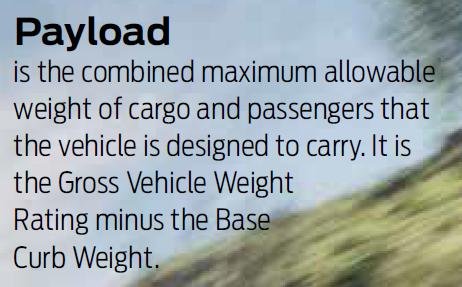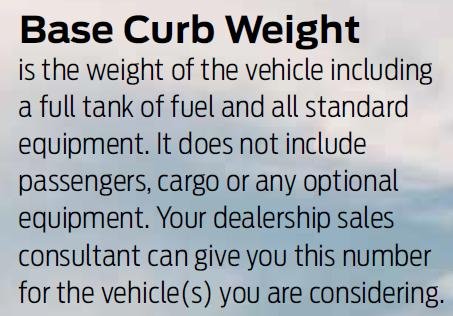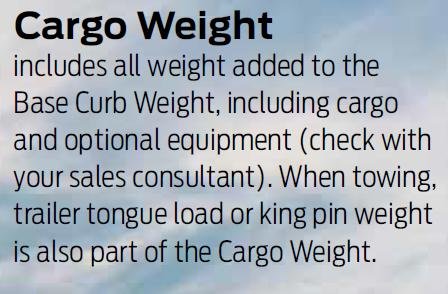nialltom
Member
- Joined
- Mar 4, 2017
- Posts
- 16
First time potential RV purchaser here. I've done some research on this and I think I should be ok but just wanted to get some opinions from those who might know better.
Our vehicle - 2014 Jeep Grand Cherokee Overland with 5.7L Hemi V8 and tow package (8 speed transmission).
Rated spec on this vehicle from Jeep - Max Towing Capacity = 7200 lbs. Max. Payload = 1,150 lbs. GVWR = 6800 lbs., GAWR Front = 3200 lbs., GAWR Rear = 3700 lbs.
Potential RV - 2017 Jayco Jayflight SLX 245 RLSW
Specs - Unloaded dry weight = 5,220 lbs., Dry hitch weight = 545 lbs., GVWR = 7,000 lbs., Cargo carrying capacity = 1,780 lbs.
It would just be my wife and I (~315lbs), and our RV cargo will be around 500-700lbs, not including water as we would try to avoid towing it with water, or anything in the tanks. The fresh water tank capacity is 38 gallons though. I'm going off of around 6100 lbs or so to be the weight with all of our stuff in it.
Is this do-able? Or at the upper limit of what I'm capable? We'd eventually be doing longer 3-4 week trips out West in some elevation, but primarily local Midwest trips at first. Any thoughts/opinions are welcome.
Our vehicle - 2014 Jeep Grand Cherokee Overland with 5.7L Hemi V8 and tow package (8 speed transmission).
Rated spec on this vehicle from Jeep - Max Towing Capacity = 7200 lbs. Max. Payload = 1,150 lbs. GVWR = 6800 lbs., GAWR Front = 3200 lbs., GAWR Rear = 3700 lbs.
Potential RV - 2017 Jayco Jayflight SLX 245 RLSW
Specs - Unloaded dry weight = 5,220 lbs., Dry hitch weight = 545 lbs., GVWR = 7,000 lbs., Cargo carrying capacity = 1,780 lbs.
It would just be my wife and I (~315lbs), and our RV cargo will be around 500-700lbs, not including water as we would try to avoid towing it with water, or anything in the tanks. The fresh water tank capacity is 38 gallons though. I'm going off of around 6100 lbs or so to be the weight with all of our stuff in it.
Is this do-able? Or at the upper limit of what I'm capable? We'd eventually be doing longer 3-4 week trips out West in some elevation, but primarily local Midwest trips at first. Any thoughts/opinions are welcome.



